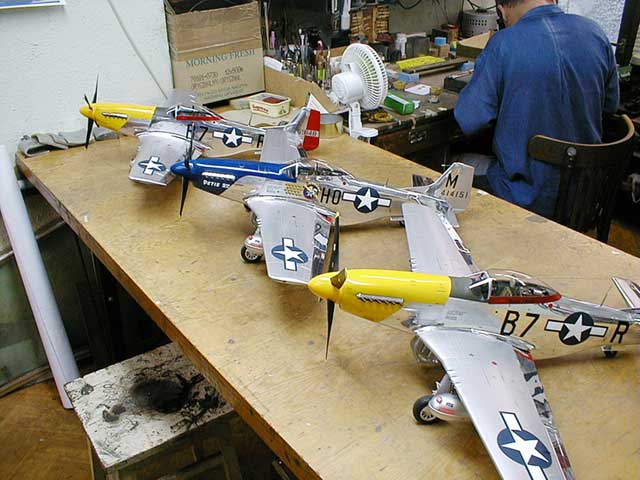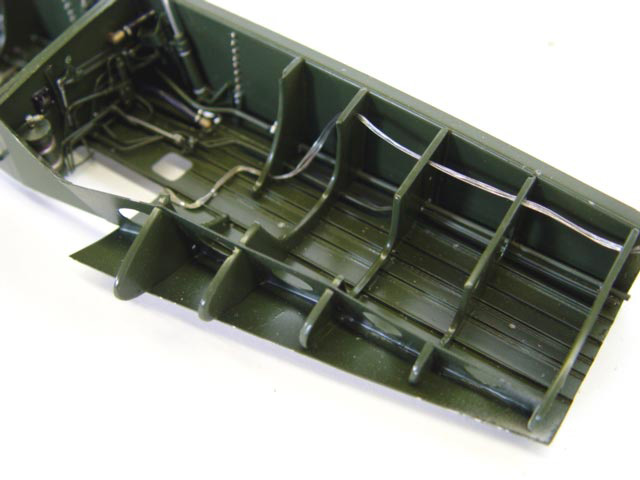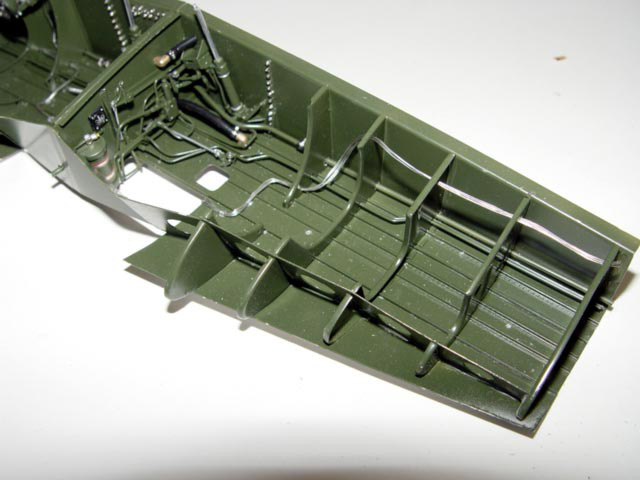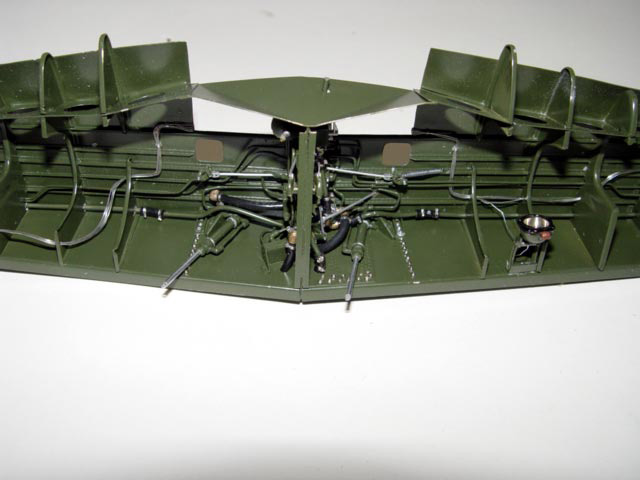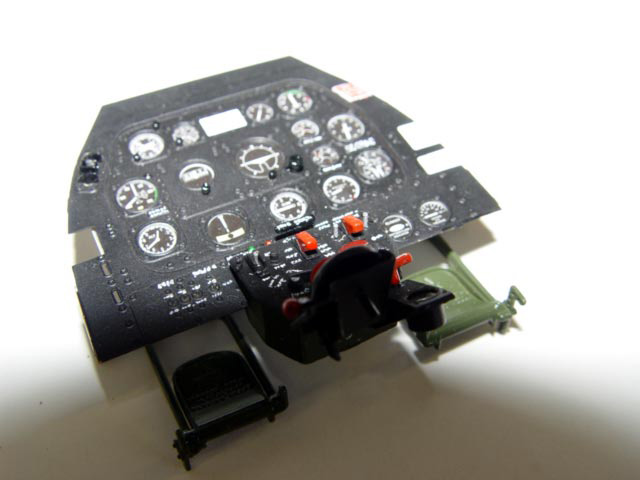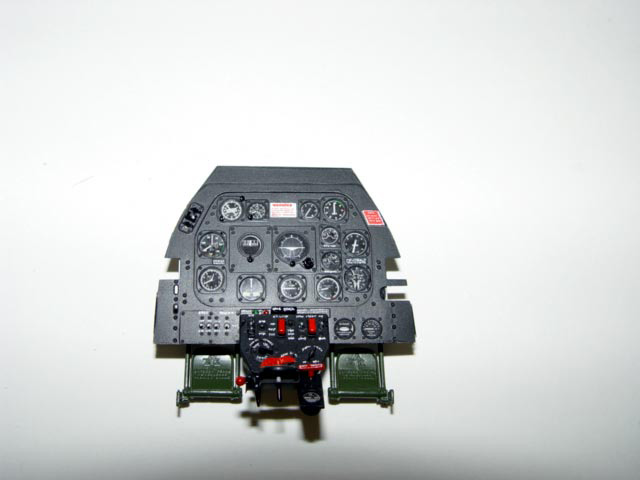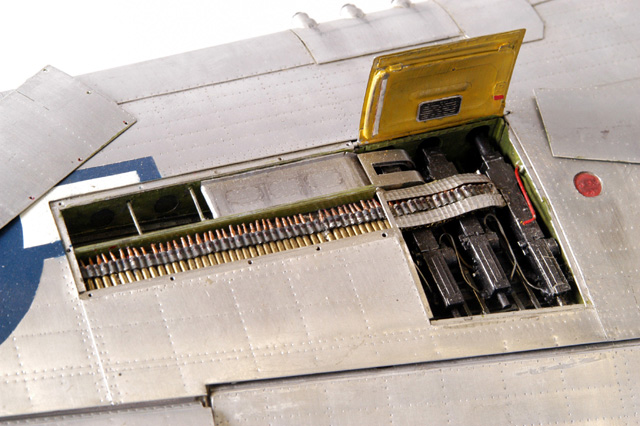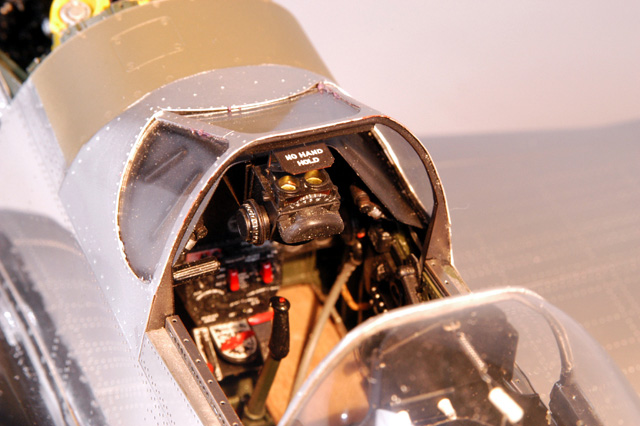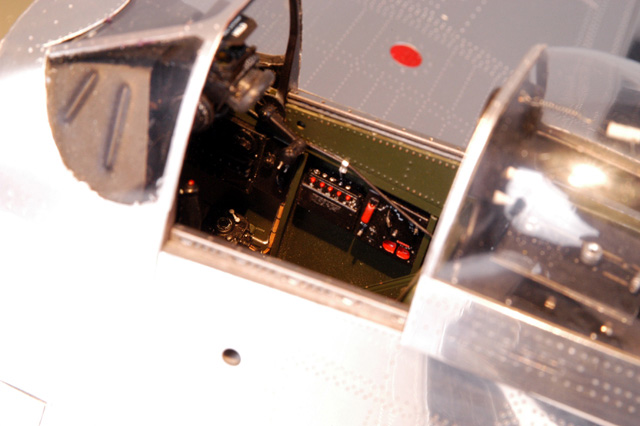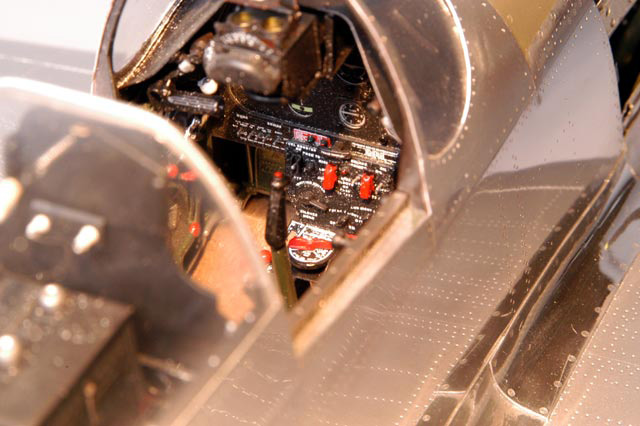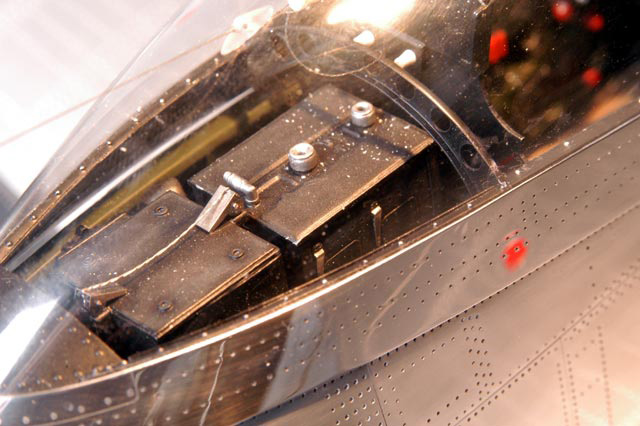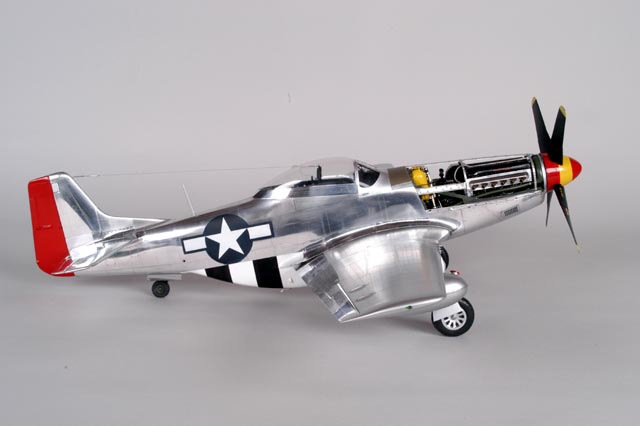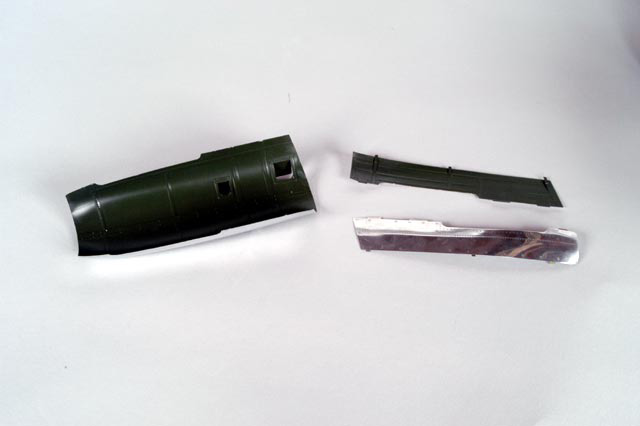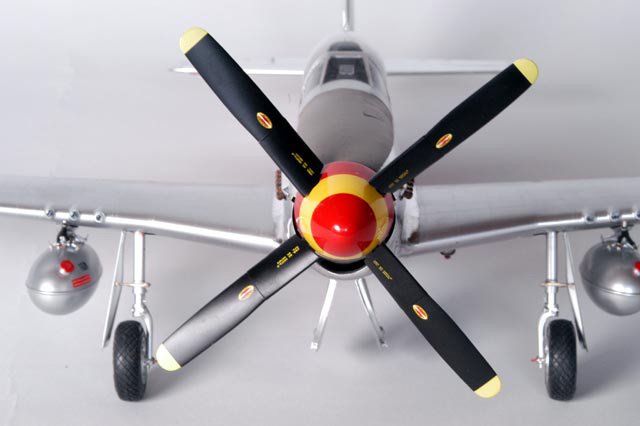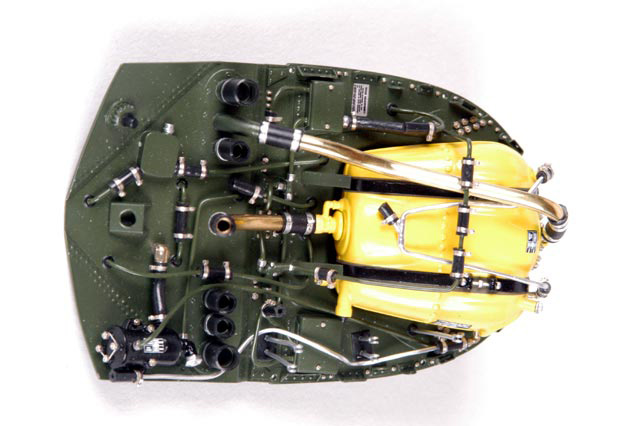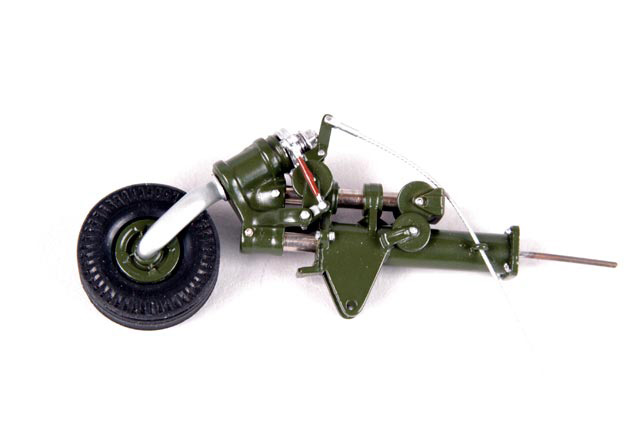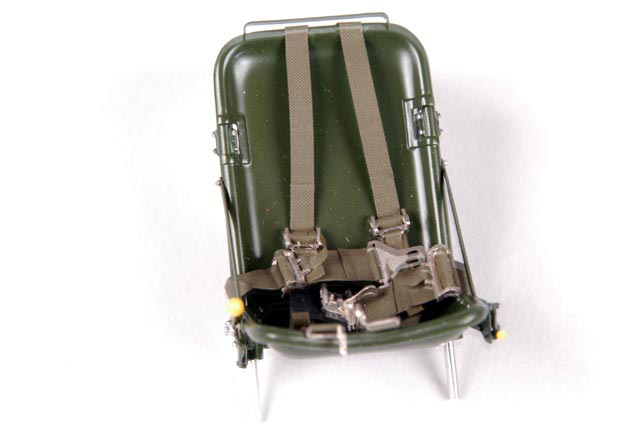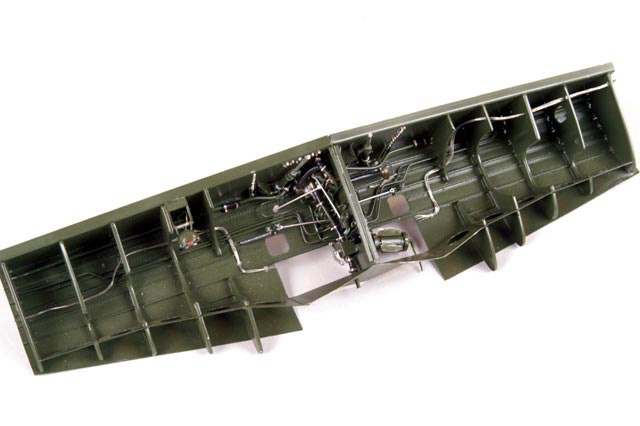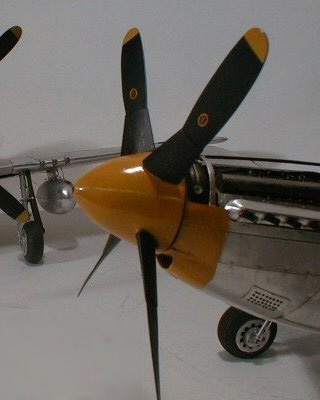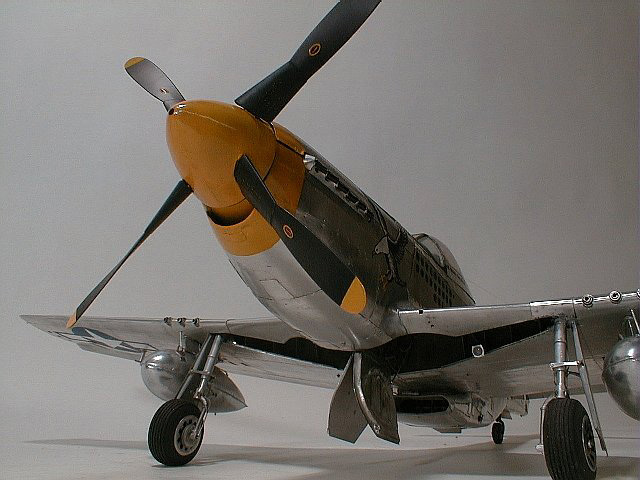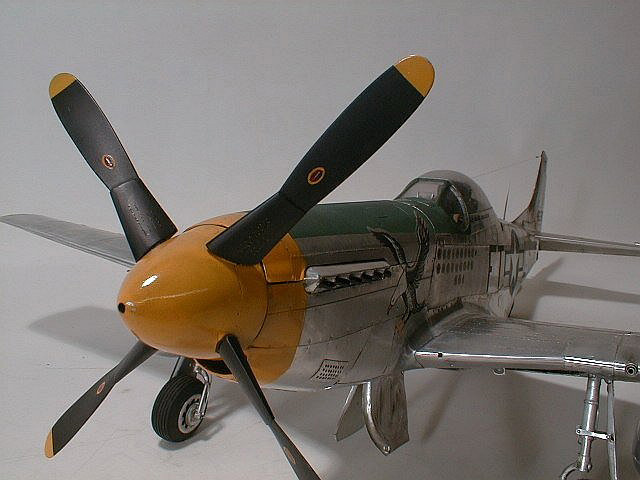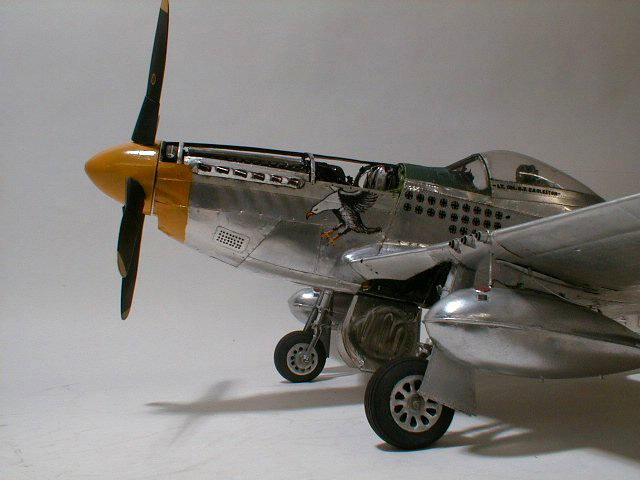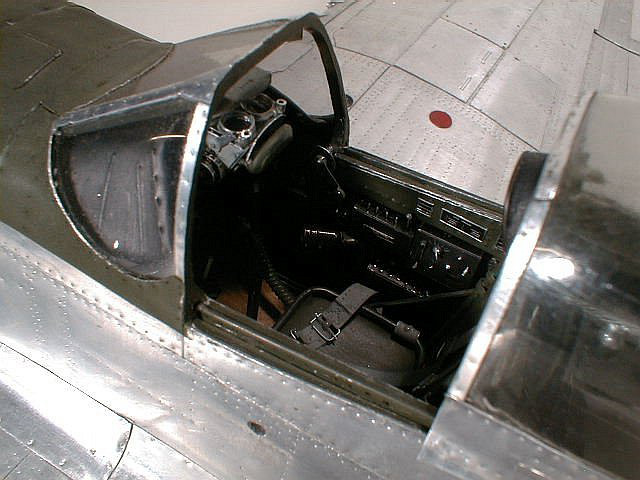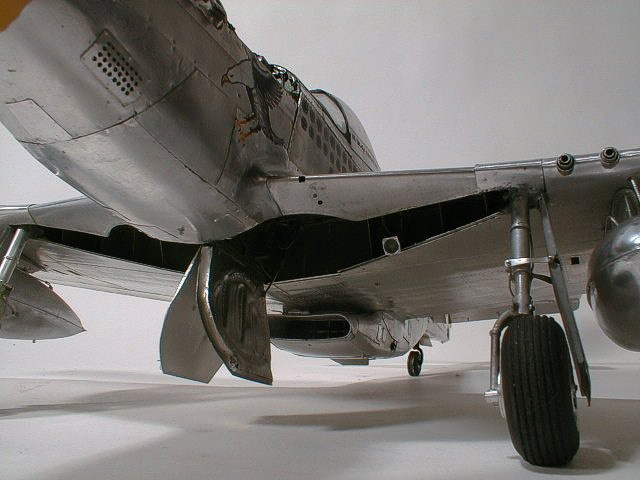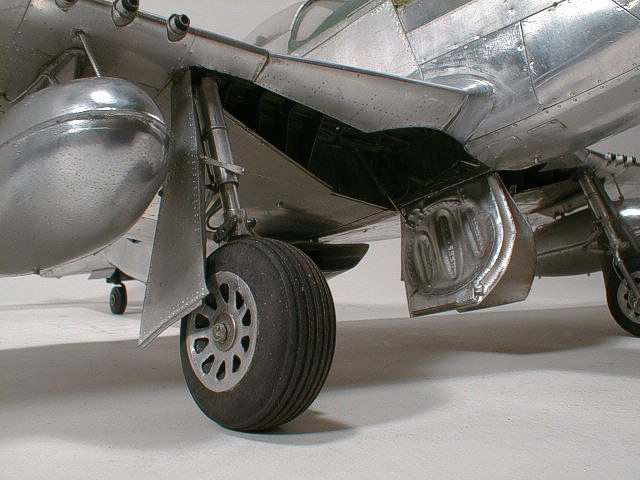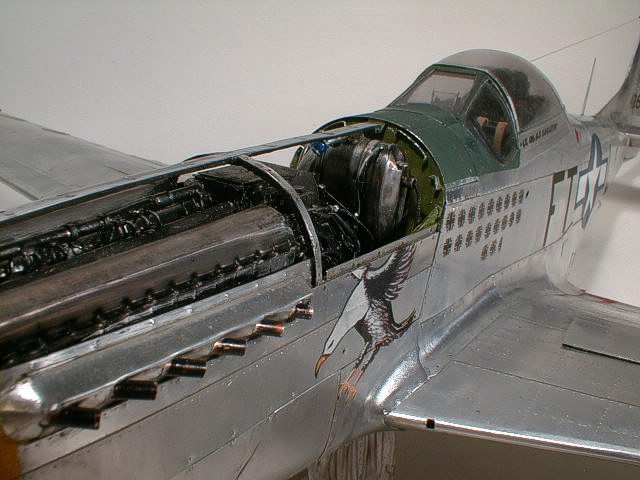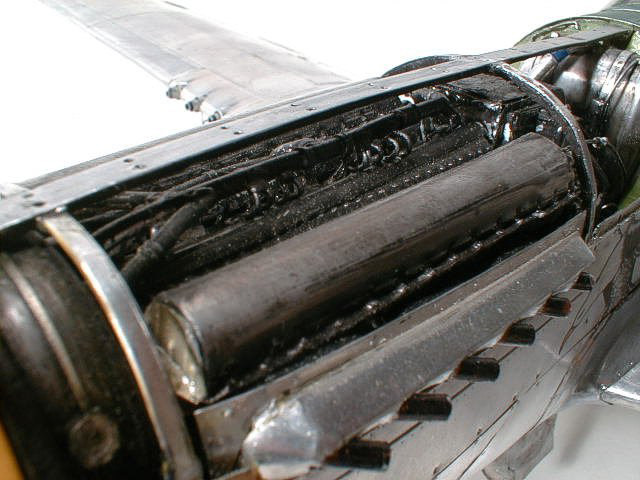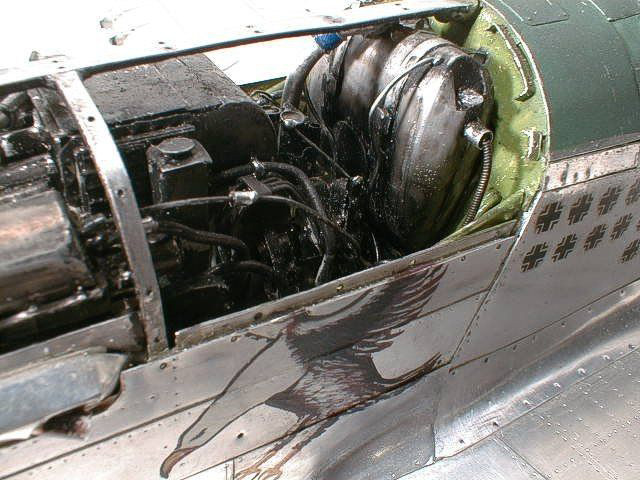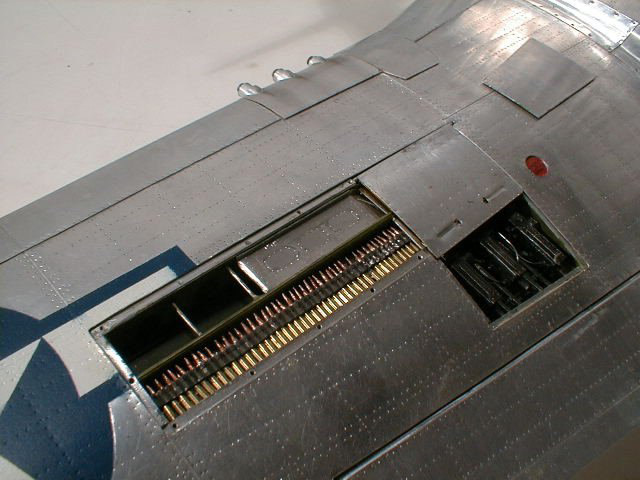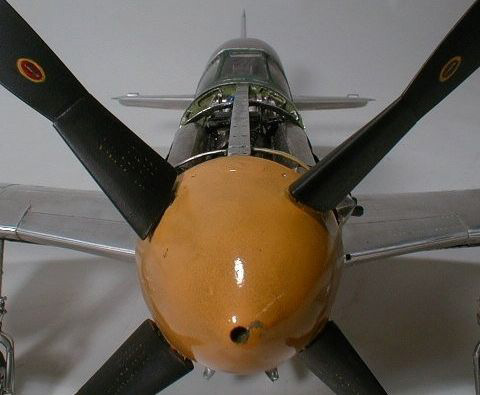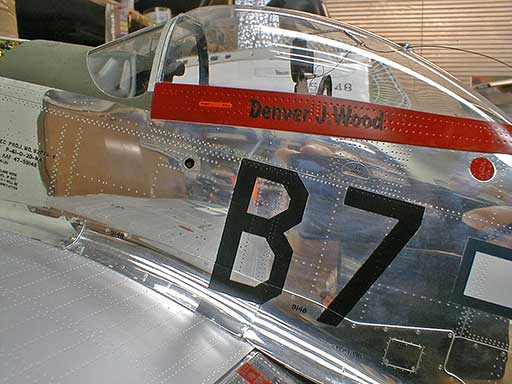Mustang
North American P-51D Mustang, As Built (polished aluminum)
- Scale: 1:15
- Release: 2004
- Limited Edition: 25
- Model Size: 30”L x 26”W x 11”H
- Base Type: Black Walnut
- Base/Case Size: 32”L x 29”Wx 12”H
- Availability: Sold Out
The North American P-51 Mustang was an American long-range single-seat fighter aircraft that entered service with Allied air forces in the midst of World War II and became one of the wars most successful and recognizable aircraft. The P-51 flew most of its wartime missions as a bomber escort in raids over Germany, helping ensure Allied air superiority from early 1944. It also saw service against the Japanese in the Pacific War. The Mustang began the Korean War as the United Nations’ main fighter but was supplanted as a fighter by jets early in the conflict, being relegated to a ground attack role. Nevertheless, it remained in service with some air forces until the early 1980s.
Despite being economical to produce, the Mustang was a well-made and rugged aircraft. The definitive version of the single-seat fighter was powered by the Packard V-1650-3, a two-stage two-speed supercharged 12-cylinder Packard-built version of the legendary Rolls-Royce Merlin engine, and armed with six aircraft versions of the .50 caliber (12.7 mm) Browning machine guns. Like most other fighters that used a liquid-cooled engine, its weakness was a coolant system that could be punctured by a single bullet.
In April 1942, the RAF’s Air Fighter Development Unit tested the Mustang at higher altitudes and found its performance inadequate, but the commanding officer was so impressed with its maneuverability and low-altitude speeds that he invited Ronnie Harker from Rolls Royce to fly it. Rolls-Royce engineers rapidly realized that equipping the Mustang with a Merlin 61 would substantially improve performance and started converting five aircraft as the Mustang X.
The result was astonishing: the Mustang X AM208 reached 433 mph at 22,000 ft and AL975 tested at an absolute ceiling of 40,600 ft. After sustained lobbying at the highest level, American production of a North American-designed Mustang, with the Packard Merlin V-1650 engine was started in early 1943. The pairing of the P-51 airframe and Merlin engine was designated P-51B or P-51C. The RAF named these models Mustang III. In performance tests, the P-51B reached 441 mph/709.7 km/h at 25,000 ft (7.600 m) and the subsequent extended range made possible by the use of drop tanks enabled the Merlin-powered Mustang to be introduced as a bomber escort.
P-51Bs and Cs started to arrive in England in August and October 1943. Allied strategists quickly exploited the long-range fighter as a bomber escort. It was largely due to the P-51 that daylight bombing raids deep into German territory became possible without prohibitive bomber losses in late 1943. One of the few remaining complaints with the Merlin-powered aircraft was a poor rearward view. This was a common problem in most fighter designs of the era, which had only been recognized by the British after the Battle of Britain proved the value of an all-around view.
The “bubble” canopy was introduced and led to the production P-51D (NA-109), considered the definitive Mustang. Among other modifications, armament was increased with the addition of another two M2 machine guns. In previous P-51s, the M2s were mounted at angles that led to frequent complaints of jamming during combat maneuvers. The new arrangement allowed the M2s to be mounted in a more standard manner that remedied most of the jamming problems. Later models had under-wing rocket pylons added to carry up to ten rockets per plane. The P-51D became the most widely produced variant of the Mustang. The P-51D/K started arriving in Europe in mid-1944 and quickly became the primary USAAF fighter in the theater. While it was produced in larger numbers than any other Mustang variant, roughly half of all operational Mustangs were still B or C models by the end of the war.
